From the Parasite to Entanglements
From Communication Theory back to Earth
Arie Altena
SG KABK 2019
‘how can this troubling and perhaps most promising of creatures feed from and feed into our artistic practice? What would it infect, what would it create? In these times in which a strict distinction between the cultural and the natural seems obsolete, and the biological and the political are more entangled as ever, the parasite invites us to critically review our relation to the world through a lopsided lens.’
‘The parasite invents something new. Since he does not eat like everyone else, he builds a new logic.’

Parasite: from Greek παρά / para, «next to, alongside» and σῖτος sitos, «bread, food», literally «someone who takes food next to/from someone else».
In Greek and Latin it is not such a negative term, and it is much closer to ‘feeding a stranger’, to ‘hospitality’.
We know it in the first place as a biological term for a creature (a critter) that feeds at the expense of another critter. ‘An organism which lives in or on another organism (its host) and benefits by deriving nutrients at the other's expense.’ Parasitism is ‘a lasting biological relationship between two living beings in which the parasite takes advantage of the host organism for feed, shelter or reproduction.’
In social terms it has become to mean: ‘a person who habitually relies on or exploits others and gives nothing in return.’
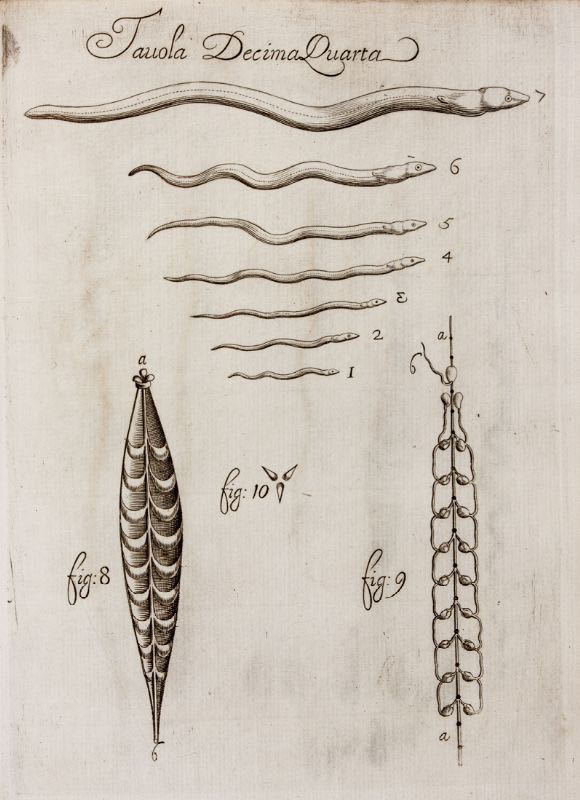
Parasites (fr.) and communication theory
The third meaning, which Serres makes use of in The Parasite, is that of a ‘parasitic noise’, ‘bruits parasites’, or ‘parasites’ (only in the plural: ‘Perturbations limitant la réception des signaux radioélectriques’), in information science the word for ‘interference’ ‘noise’, or ‘ruis’, ‘storing’, ‘interferentie’.
The parasite is what makes a (new) relation, but also disurbs communication.
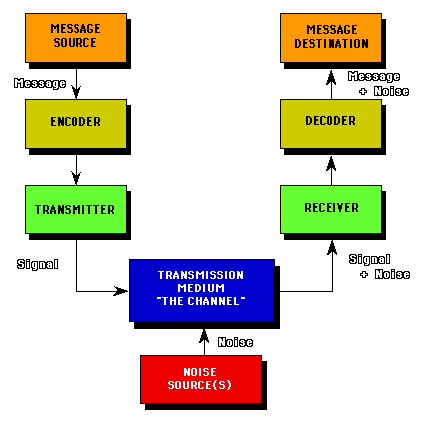
w
‘(N)oise gives rise to a new system, an order that is more complex than the simple chain. This parasite interrupts at first glance, consolidates when you look again.’
‘The parasite invents something new. Since he does not eat like everyone else, he builds a new logic.’
In Hominescence Serres writes:
‘If we had, in biology, a good general theory of signals and communication, it would appear as an evident fact that there can be no life without communication, of course, something we all know, but also, in a refined and deep way, that there can be no living thing, whether single-celled or multicellular, no species, no reproduction, no lineages, no development or evolution … without a multiplicity, always decisive, of parasitical operations.’
‘… trace the ideas of a couple of thinkers who all try to show that we need to fundamentally change our ideas of nature, society, and living together. Starting from Serres’ idea of the parasite, and his attention to climate change in Le contrat naturel (1990), via Bruno Latour’s conception of ‘network’ and ‘turn towards earth’ in Down to Earth (2017), to Anna Tsing’s ethnography of the Matsutake mushroom in The Mushroom at the End of the World (2015).’
In Le contrat naturelle from 1990 Serres insists that ecological transformations and climate change demand a total shift from philosophy, a shift towards Earth, towards a new idea of nature, and away from modern conceptions of the individual, of the strict division of nature and culture, natural versus man-made.
(It is the first book of Serres to be translated in Dutch, Het contract met de natuur, 1992.)
‘we must add to the exclusively social contract a natural contract of symbiosis and reciprocity in which our relationship to things would set aside mastery and possession in favor of admiring attention, reciprocity , contemplation, and respect; where knowledge would no longer imply property, nor action mastery, nor would property and mastery imply their excremental results and origins.’
‘Yet meanwhile the concentration of carbon dioxide has been growing in the atmosphere since the industrial revolution, a by product of fossil fuels; the propagation of toxic substances and acidifing products is increasing; the presence of other green house gases is growing. The sun warms the earth, which in turn radiates part of that heat back out into space; an overly thick dome of carbon dioxide would allow the sun's radiation to pass through but would trap the heat radiating back; normal cooling would then slow down, and evaporation would be modified, just as in a greenhouse. So is the earth's atmosphere in danger of becoming more like that of Venus, unlivable?’
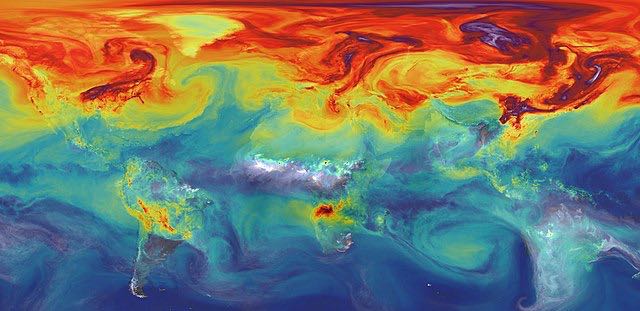
‘this is something new under the sun, something rare and abnormal, whose causes can be evaluated but whose consequences cannot: can it be acclimated by standard climatology? At stake is the Earth in its totality, and humanity, collectively. Global history enters nature; global nature enters history: this is something utterly new in philosophy.’
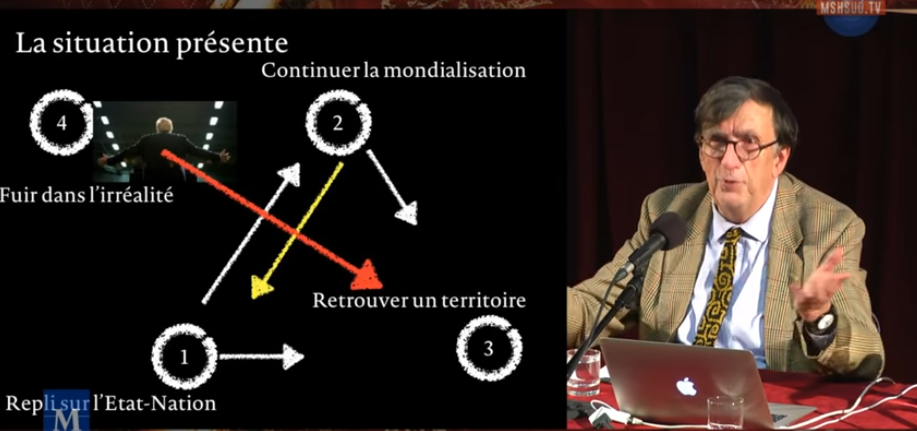
‘Hoe kunnen we landen?’
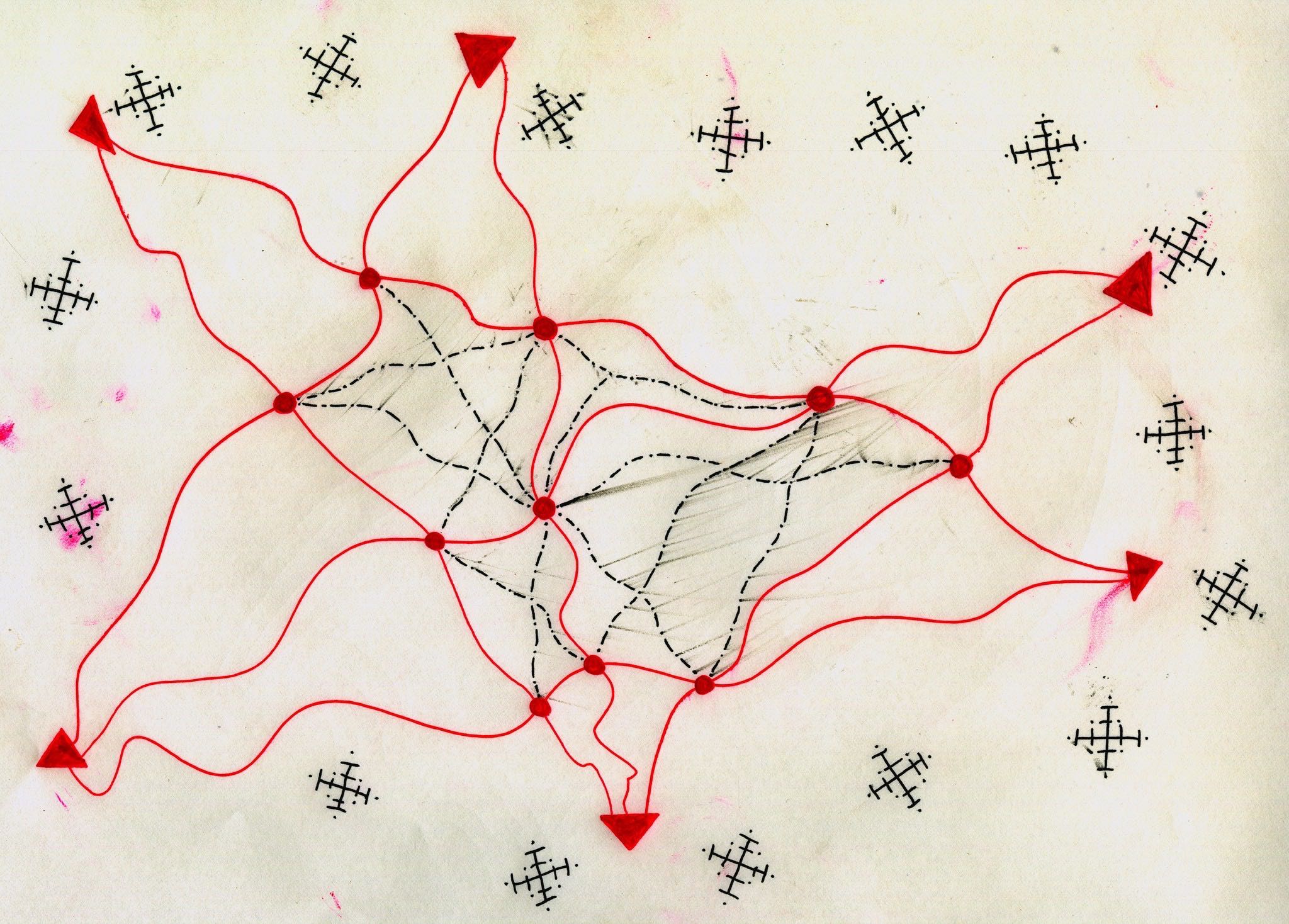
Actor–network theory (ANT) is a theoretical and methodological approach to social theory where everything in the social and natural worlds exists as constantly shifting networks of relationships of human and nonhuman actors.
In these ever shifting networks the actors do the translation work. (A-and object have also agency!)
Image: https://www.flickr.com/photos/daniel_friedman/37127663134

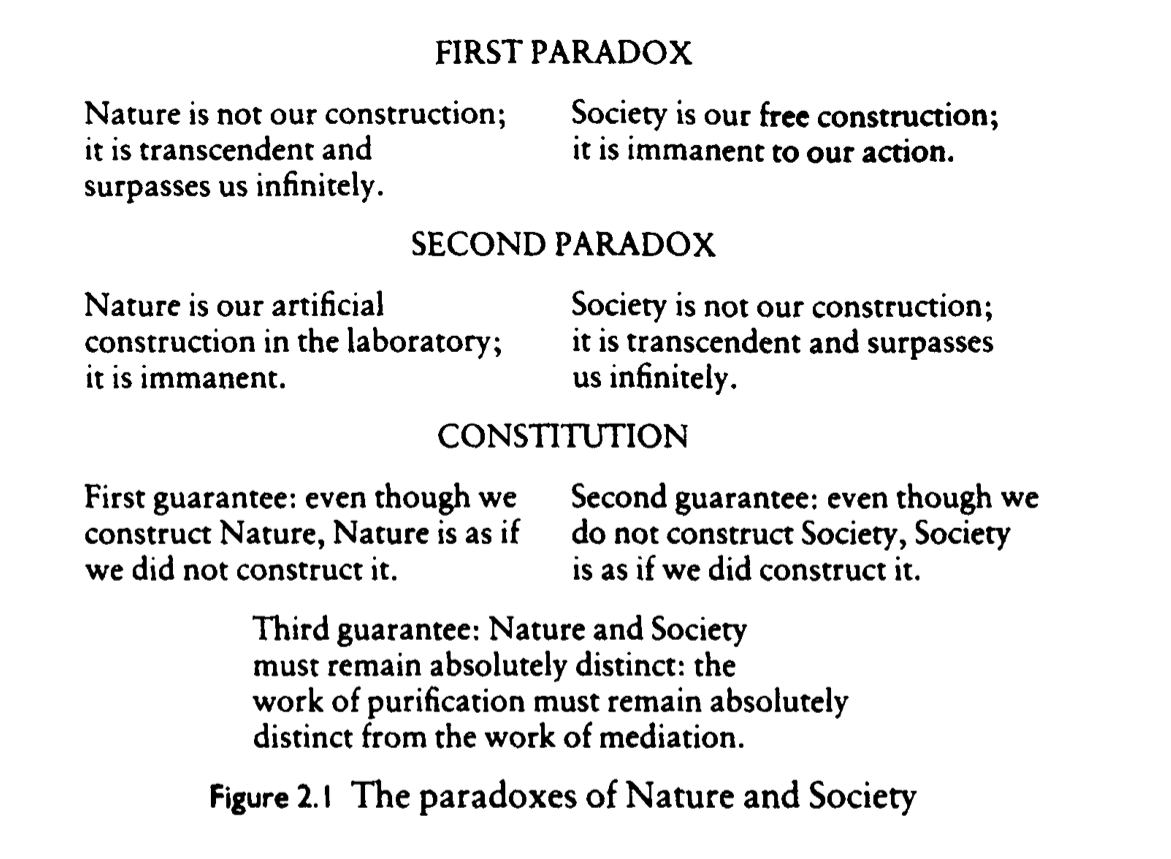
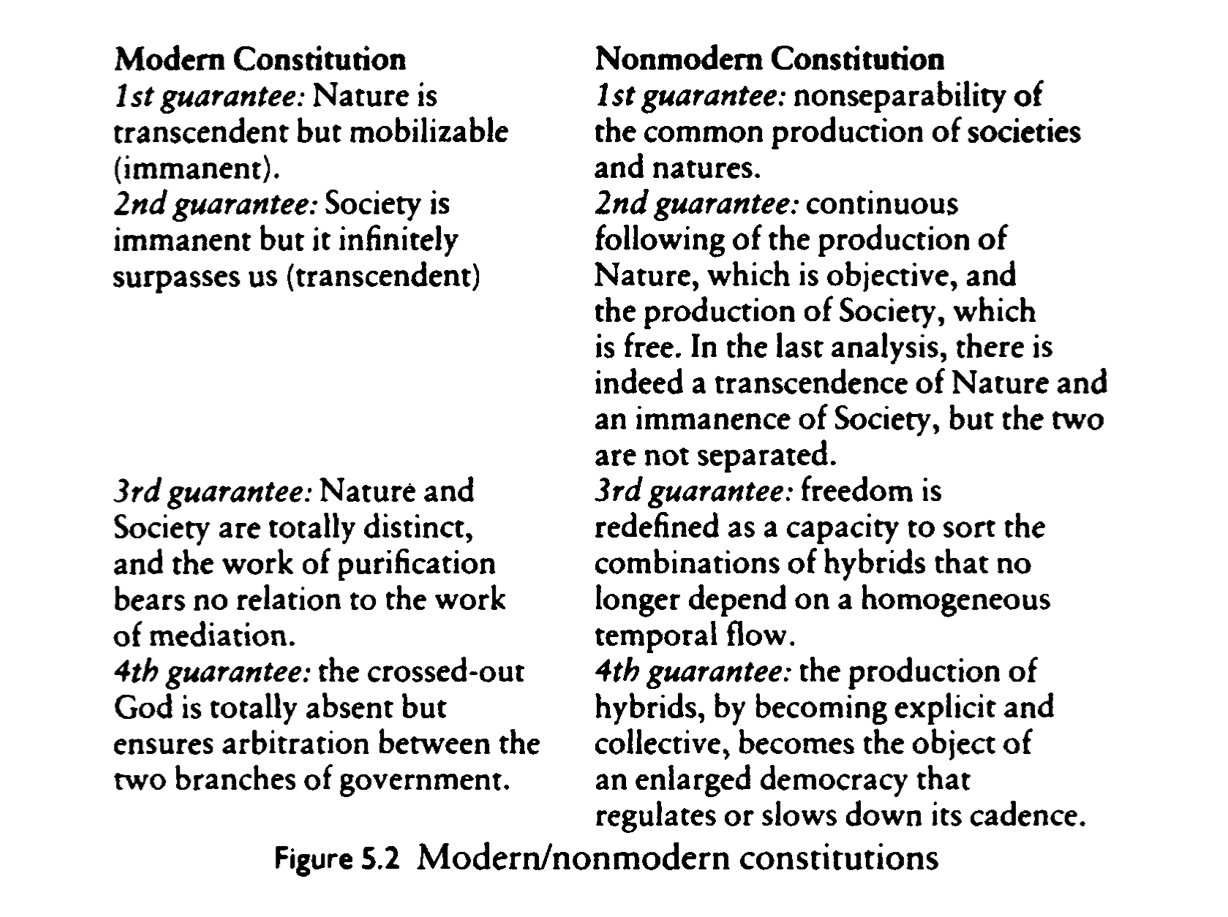
Latour: A Parliament of Things
‘Half of our politics is constructed in science and technology. The other half of Nature is constructed in societies’.
… we need to connect these realms in politics.
Jana Winderen – Spring Bloom in the Marginal Ice Zone
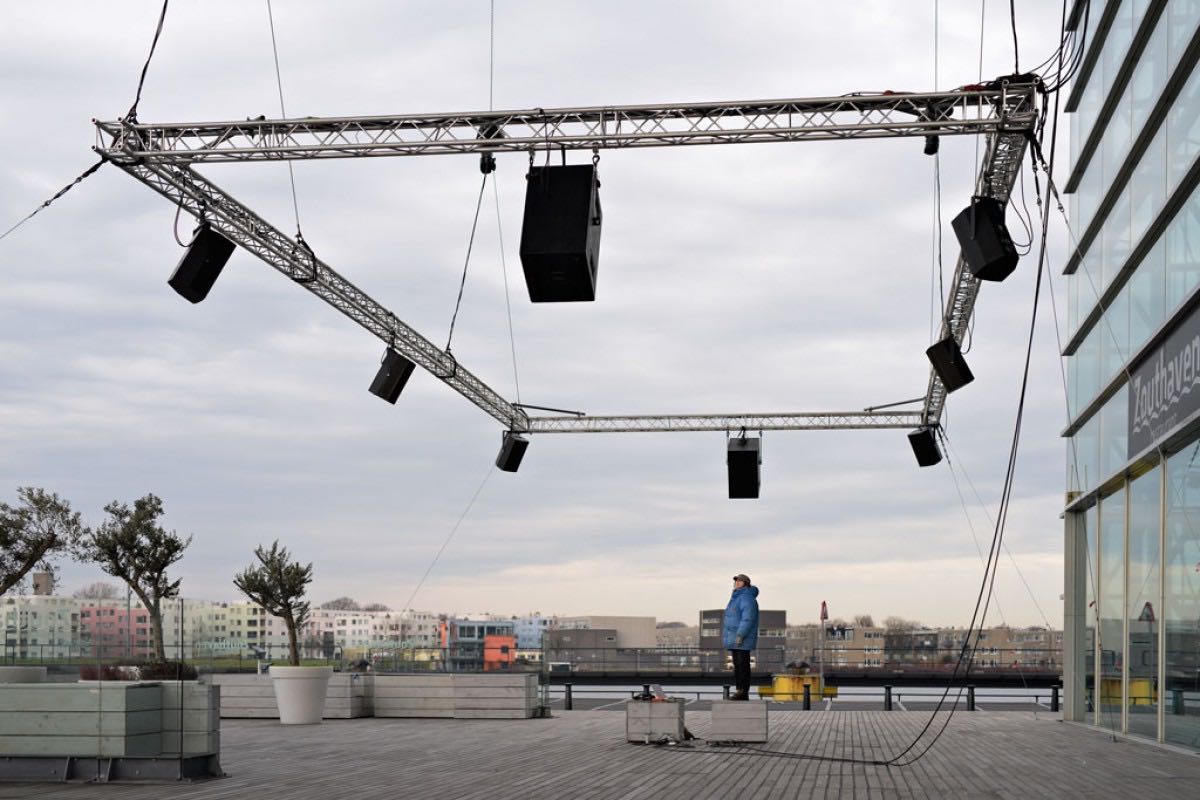
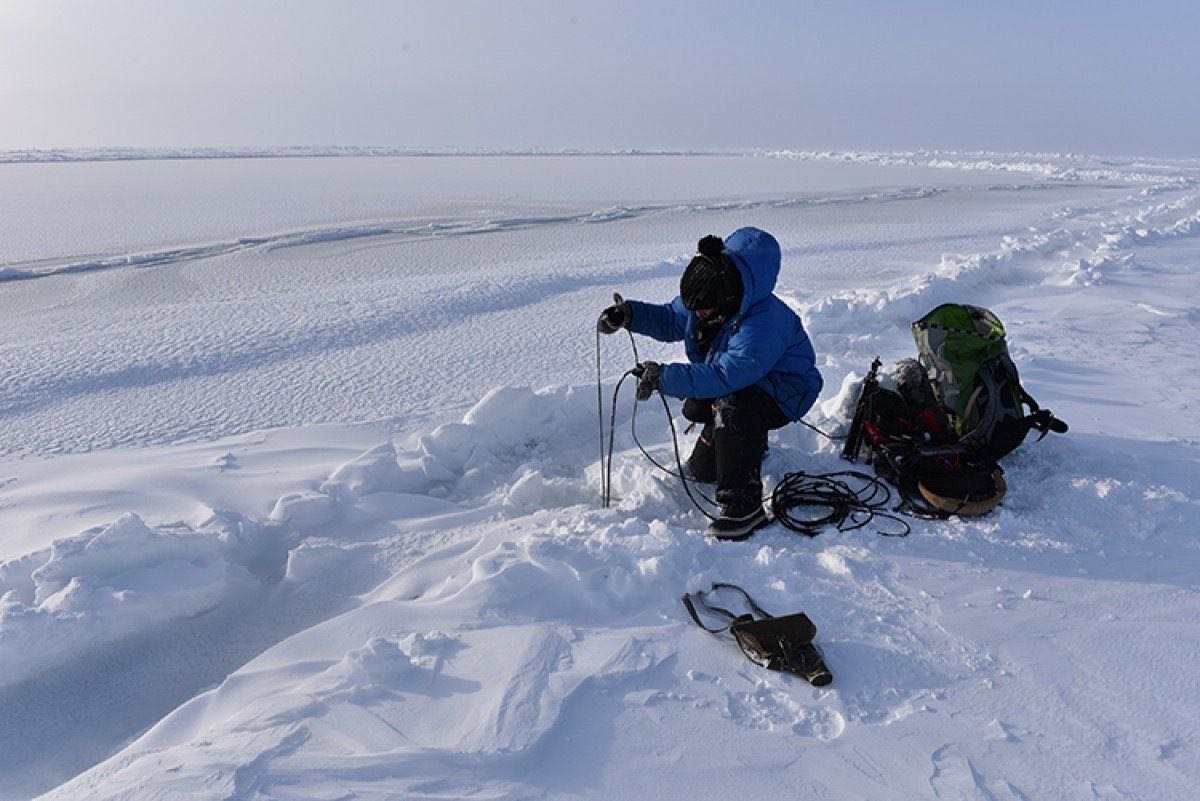
What we have learned to call the “seasonal marginal” ice zone in the Barents Sea was brought into public attention through a dispute in 2015. Politicians declared that since the “‘ice edge had moved itself”’ north, it had opened up new possibilities for oil and gas exploitation. This, as well as the plans for for shipping activity in resultant North- East Passage served as an impetus for Jana Winderen to specifically research ‘the ice edge’.” Spring Bloom in the Marginal Ice Zone is her latest instalment in a long trajectory of works that are revealing sounds of underwater life from the warm waters in the Caribbean to cold and nourishing waters arround Greenland, Norway and Iceland. The piece is based on recordings from Winderen’ visit to the ice zone during the bloom of plankton in May 2016, her visit to the Sea Ice by the North Pole in April 2015 and to the Norwegian Sea by Tromsø to record the Humpbacks and Orcas as they feed on Herring. She is also including sounds from other migrating species which is depening on this very imporatant event in the ice each spring, it is the most important CO2 sink we have in the biosphare at this time of year. Phytoplankton also produces 50 % of the oxygen on the planet. The sounds of the living creatures become a voice in the current political debate.
http://www.darkecology.net/commissions/jana-winderen--spring-bloom-in-the-marginal-ice-zone
https://janawinderen.bandcamp.com/album/spring-bloom-in-the-marginal-ice-zone
Latour: Facing Gaia & A New Climatic Regime

‘The emergence of modern sciences in the seventeenth century profoundly renewed our understanding of Nature. For the last three centuries new ideas of Nature have been continuously developed by theology, politics, economics, and science, especially the sciences of the material world.’
‘The situation is even more unstable today, now that we have entered an ecological mutation of unprecedented scale. Some call it the Anthropocene, but it is best described as a new climatic regime. And a new regime it certainly is, since the many unexpected connections between human activity and the natural world oblige every one of us to reopen the earlier notions of Nature and redistribute what had been packed inside. So the question now arises: what will replace the old ways of looking at Nature?’
‘How are we to act if the territory itself begins to participate in history, to fight back, in short, to concern itself with us – how do we occupy a land if it is this land itself that is occupying us?’
Anthropocene & taking ‘Earth’ into account
'The term anthropocene means nothing else: we used to think of ourselves as the individual or collective subjects of a passive object, the world. Reversal: we become the objects of the new subject Biogea. '
Anthropocene, the epoch in which human disturbance outranks other geological forces. ((How do we know all this: science! Especially Earth Systems Science. Data gathering. Complex computer modelling. Many layers of translation).
'This new relationship arose because as subjects, we objectivize the world; in turn, as subject the World objectivizes us. As the subject thrown under our feet, it falls on our heads and becomes the formidable residual reality that keeps us alive, transcends us and can eradicate us.' – Serres in Biogea (2012)
HC Gilje - Barents (Mare Incognitum)

Barents (Mare Incognitum) is an outdoor video installation by HC Gilje in Nikel (RU). The installation shows a slowly rotating view of the Barents Sea: up becomes down, East becomes West. HC Gilje shot the footage for the video in the border zone between Norway and Russia, facing the North Pole. He used his custom-built orbital camera, which slowly rotates around its own axis and captures the world that revolves around it, thus allowing for an atypical exploration and experience of spaces and landscapes. Border and thresholds become invisible, and the potential disaster inherent in the ocean is made visible.
http://www.darkecology.net/commissions/hc-gilje---barents-mare-incognitum-1
'Saying “We are earthbound, we are terrestrials amid terrestrials,” does not lead to the same politics as saying “We are humans in nature.” The two are not made of the same cloth – or rather of the same mud.'

Justin Bennett - Vilgiskoddeoayvinyarvi: Wolf Lake on the Mountains
At 12 kilometres deep, the Kola Superdeep Borehole is one of the deepest man-made holes on Earth. The Borehole was a Soviet geology research project that started during the Cold War. In addition to gathering data about the geology of the Earth's crust, it was also part of Project Globus, a network of seismic listening stations, which functioned as an early-warning system for natural disasters, as well as the monitoring of enemy nuclear tests. After the fall of the Soviet Union, the project was slowly wound up. The Kola Superdeep Borehole was abandoned in 2008. The rock strata that are visible in the core samples extracted from the borehole are seemingly inert to humans, yet if we look at them from another time-scale, they are very much alive. These samples tell the story of the formation of the Earth and of ultra-slow processes that are still taking place within the Earth's crust. Thinking on this geological timescale puts human endeavour and progress into perspective: the Kola Superdeep (KSD) amounts to nothing more than a mere pinprick in the Earth’s body.



'What to do? First of all, generate alternative descriptions. How could we act politically without having inventoried, surveyed, measured, centimeter by centimeter, being by being, person by person, the stuff that makes up the Earth for us? Without doing this we could perhaps utter astute opinions or defend respectable values, but our political affects would be churning in a void.' – Bruno Latour, Down to Earth
Poetry is the human language that can try to say what a tree or a rock or a river is, that is, to speak humanly for it, in both senses of the word “for.” A poem can do so by relating the quality of an individual human relationship to a thing, a rock or river or tree, or simply by describing the thing as truthfully as possible.
Science describes accurately om outside; poetry describes accurately om inside. Science explicates; poetry implicates. Both celebrate what they describe. We need the languages of both science and poetry to save us om merely stockpiling endless “information” that fails to inform our ignorance or our irresponsibility.
Ja, ik geloof, vernuft van de mens
gaat de bloem en straatgras te boven
Het stamper- en meeldradendom
in de berm bouwt geen kathedraal
(…)
Jullie, zonder bladgroen, spraak
jullie eigen, zinnigheid, geilheid:
bij vuur gezeten, groen ontstegen,
doof voor het golven van het gras
Ter Balkt, Groenboek, 1973
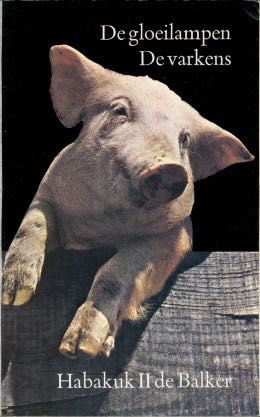
Elegie van de varkens
Er is zoiets droefs in de wijze ogen van varkens
dat zij wel profeten lijken voor de slachttijd.
(ik heb het niet erg op profeten en jij? Nee
meer houd ik van het klimop dat omhoog klimt)
Hun slagtand uitgerukt als zij op de lopende band
het moederlijf uittrekken, exodus heet Egypte,
de rode zee door van hun verlossing, stro tegemoet
en de messenrijke afgodsbeelden van de mens.
Soms staat er één, een oude beer onder de oude
boom van de kennis, oud uitstervend appelras,
doodstil en kijkt naar de wind op de horizon,
door inzicht blinder dan van nature bijna.
Bijna zie je, in de bruidsachtige herfstsluiers
in de lispelende wind, in de kruidigheid, de gedachte-
wolk op zijn topzware kop: gestreept rende ik, ever
eenmaal, en wat ben ik nu! O jammer van de getemde
varkens, zij zijn de dichters onder de dieren,
melancholiek en van weinig nut totdat aan de muur
afgebrand, hun speklaag openklapt als een elegie.
Margrethe Iren Pettersen - Living Land - Below as Above
Living Land – Below as Above is a soundwalk developed by Margrethe Iren Pettersen for Dark Ecology. The idea of the soundwalk began with Pettersen’s interest in ice as a metaphor, and as the primary archival medium of the Arctic. In the dark wintertime, life in the Arctic is at rest, hidden, and the spectre of what is visual and audible is scaled down, and invites a deeper attention of our senses to nuances. Inspired by the 1979 documentary The Secret Life of Plants, Pettersen imagined the communication between species beneath the silent snow carpet, capturing a cosmology of the plants in which they are scientifically proved to be sentient beings with a nervous system, despite their lack of a brain.
http://www.darkecology.net/commissions/margrethe-iren-pettersen----living-land---below-as-above
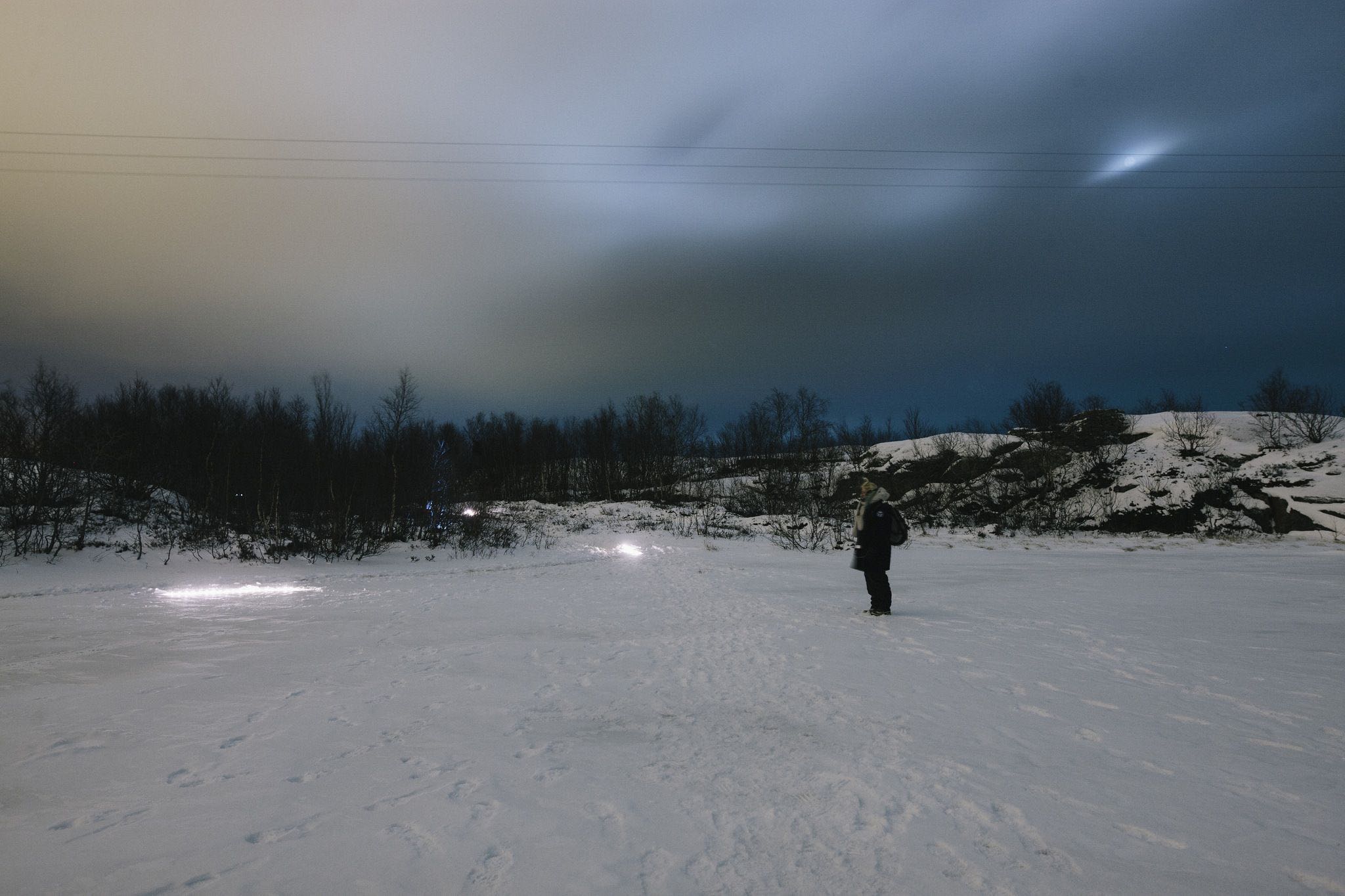

Raviv Ganchrow: Long Wave Synthesis


(will I come back to the ‘parasite’? Yes, but let me just put a few more things in the stew)
Timothy Morton 'Ecology Without Nature' & the Mesh
'Ecology without Nature argues that the very idea of "nature" which so many hold dear will have to wither away in an "ecological" state of human society. Strange as it may sound, the idea of nature is getting in the way of properly ecological forms of culture, philosophy, politics, and art.'
The ecological thought is … a practice and a process of becoming fully aware of how human beings are connected with other beings– animal, vegetable or mineral. Ultimately, this includes thinking about democracy. What would a truly democratic encounter between truly equal beings look like, what would it be—can we even imagine it?”
When we think the ecological thought, we encounter all kinds of beings that are not strictly “natural.” … The ecological view to come … is a vast, sprawling mesh of interconnection without a definite center or edge. It is radical intimacy, coexistence with other beings, sentient and otherwise—and how can we so clearly tell the difference? The ecological thought fans out into questions concerning cyborgs, artificial intelligence, and the irreducible uncertainty over what counts as a person. – Morton, The Ecological Thought
‘Ecological awareness forces us to think and feel at multiple scales, scales that disorient normative concepts such as “present,” “life,” “human,” “nature,” “thing,” “thought,” and “logic.” Dark Ecology shall argue that there are layers of attunement to ecological reality more accurate than what is habitual in the media, in the academy, and in society at large. These attunement structures are necessarily weird, a precise term that we shall explore in depth. Weirdness involves the hermeneutical knowingness belonging to the practices that the humanities maintain. The attunement, which I call ecognosis, implies a practical yet highly nonstandard vision of what ecological politics could be. In part, ecognosis involves realizing that nonhumans are installed at profound levels of the human—not just biologically and socially but in the very structure of thought and logic. Coexisting with these nonhumans is ecological thought, art, ethics, and politics.’
‘Dark Ecology traces the ecological crisis to a logistical “program” that has been running unquestioned since the Neolithic. Dark Ecology argues that ecological reality requires an awareness that at first has the characteristics of tragic melancholy and negativity, concerning inextricable coexistence with a host of entities that surround and penetrate us, but which evolves paradoxically into an anarchic, comedic sense of coexistence.’
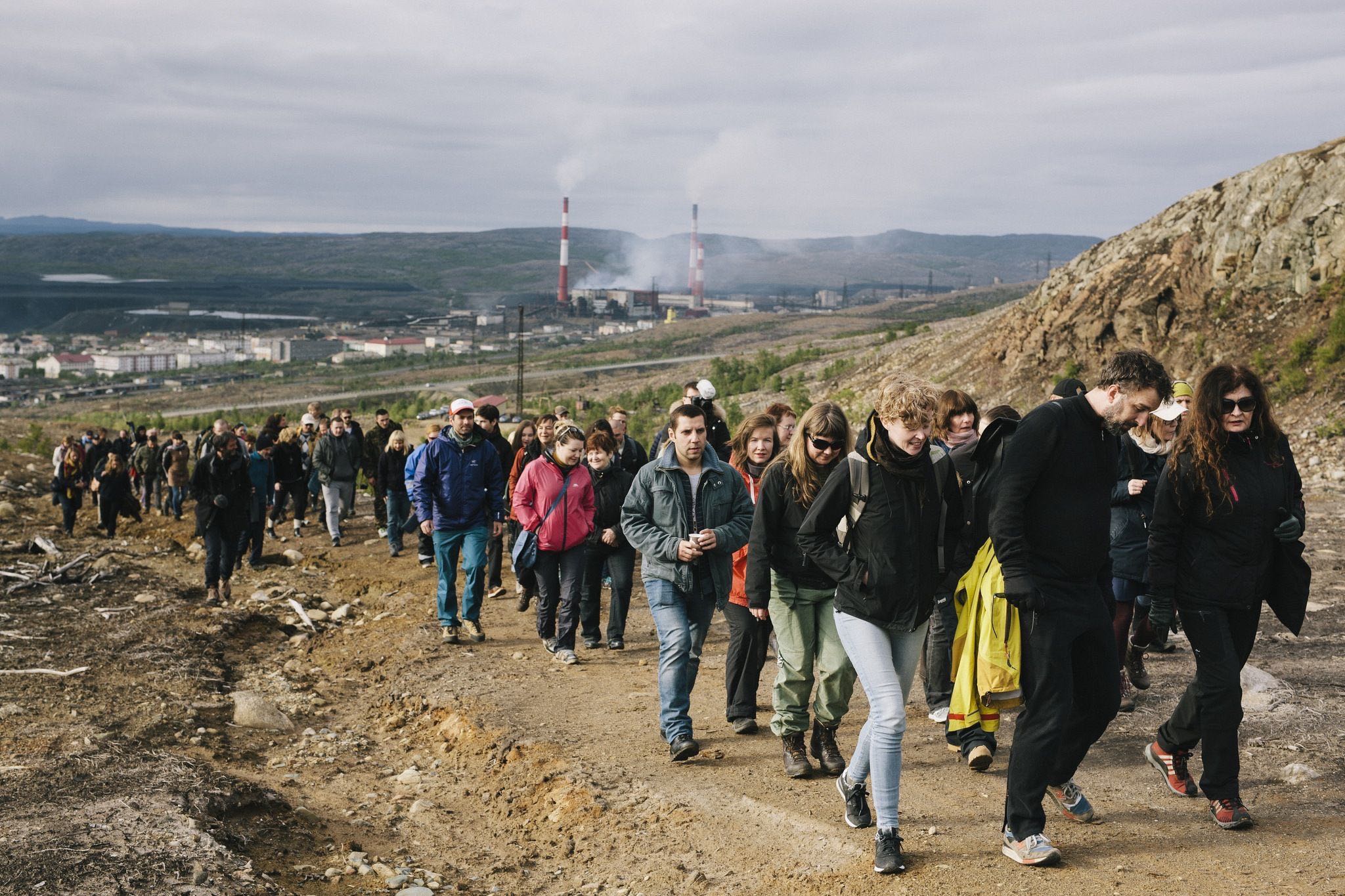
Research & commissioning project in the Barents region (Kirkenes, Nikel, Zapolyarnye, Murmansk, Svanvik)
‘Dark Ecology is informed by the idea that ecology is ‘dark’ (as the American theorist Timothy Morton has argued), because it invites – or demands – that we think about our intimate interconnections with, for instance, iron ore, snowflakes, plankton, or radiation… Ecology does not privilege the human, it is not something beautiful, and it has no real use for the old concept of Nature. What we now know about the impact of human beings on the planet has led to the need to rethink the concepts of nature and ecology, and exactly how humans are connected to the world.’

Signe Lidén & Espen Sommer Eide - Altitude and History
Espen Sommer Eide and Signe Lidén will take participants on an evening trek in the mountains above Nikel, where they will investigate the acoustic phenomena in relation to the topography of the area while relating them to the local history. Eide and Lidén will have their specially developed mobile, meteorological music instruments with them, which they will install and activate at various places during the trek. Listeners will hear that wind, weather, atmospheric pressure and the temperature of the air, as well as the refraction, diffraction and reverberation of the landscape all affect sound and its propagation in the air. Eide and Lidén will map the history of the area vertically, from the ground up, into the different atmospheric strata. This history is shaped and moved by the weather conditions at different altitudes. What is the height of history?
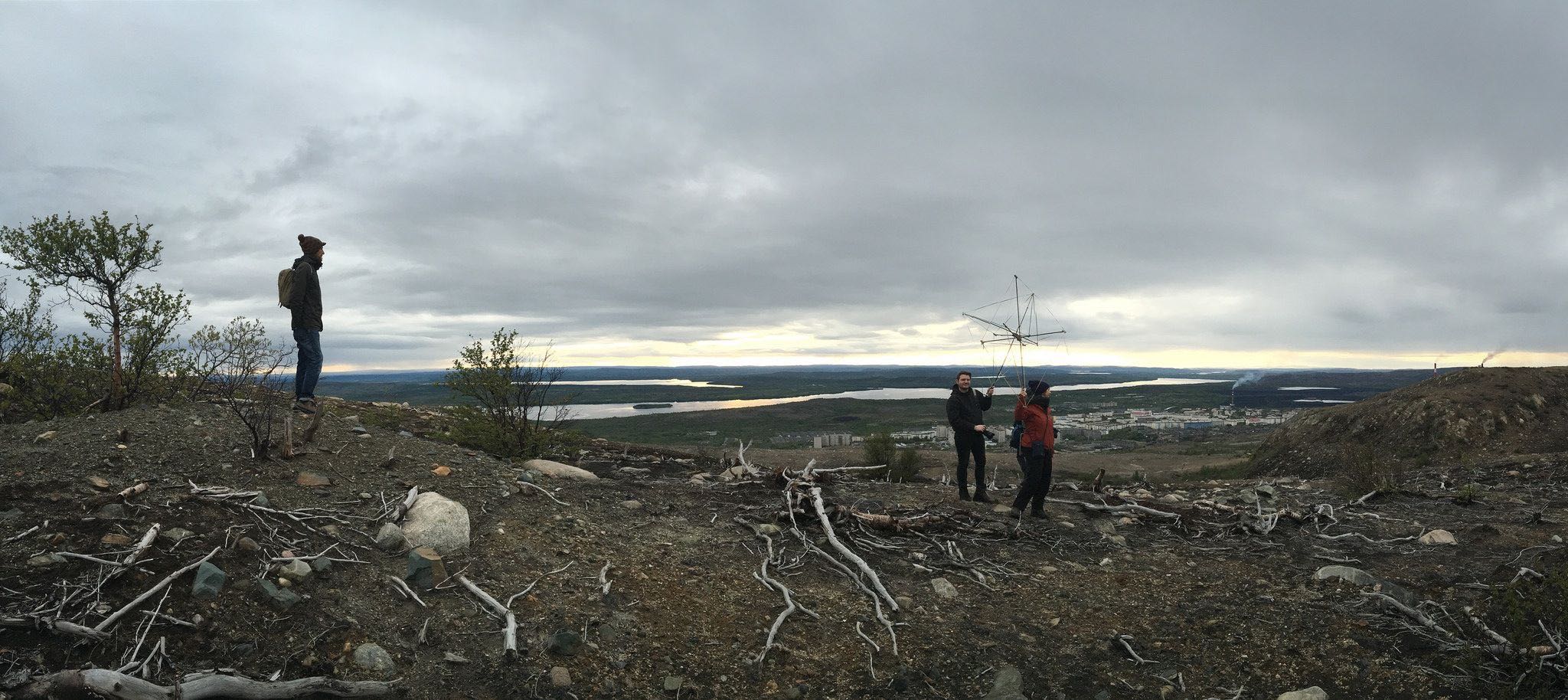

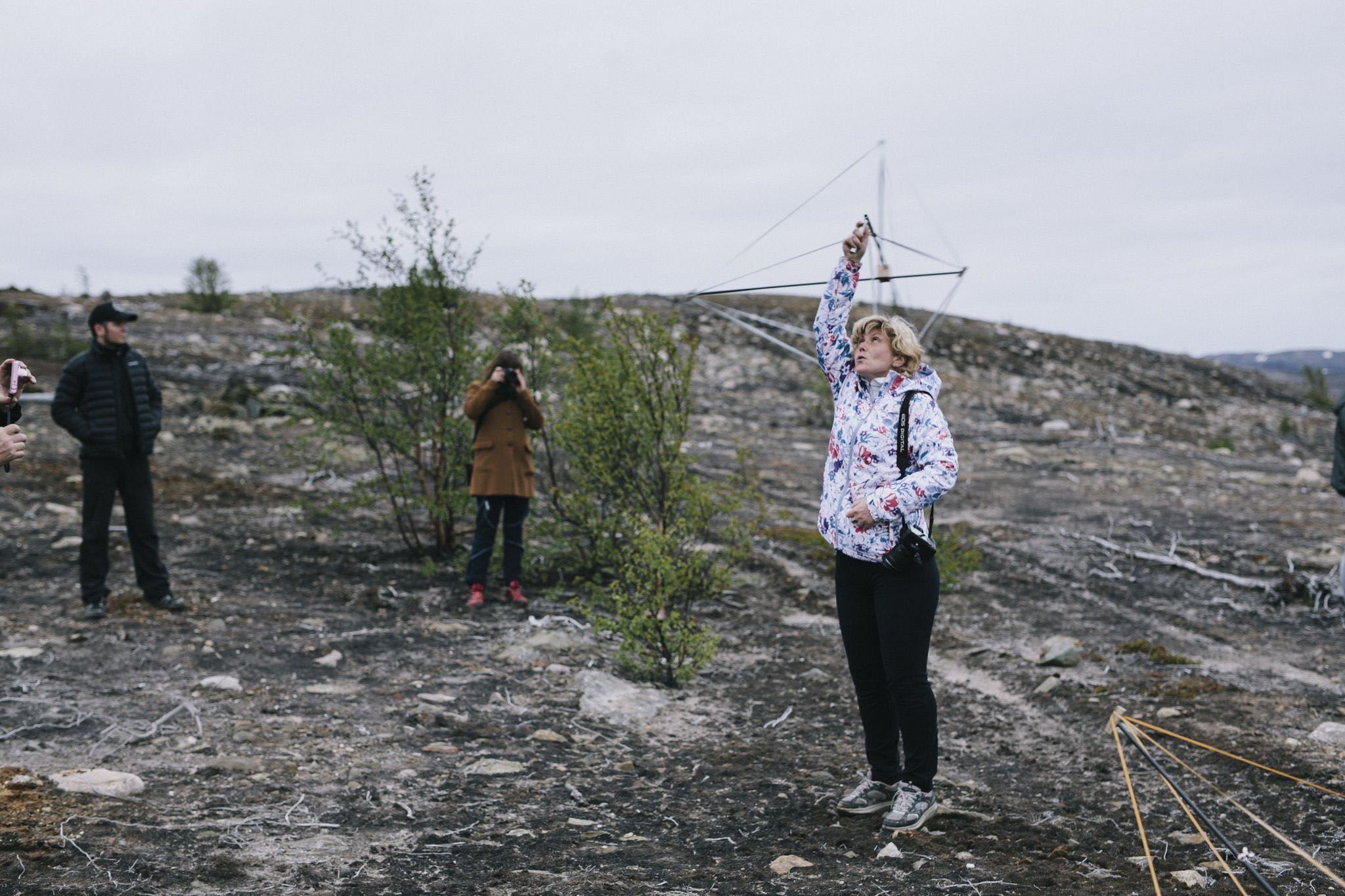
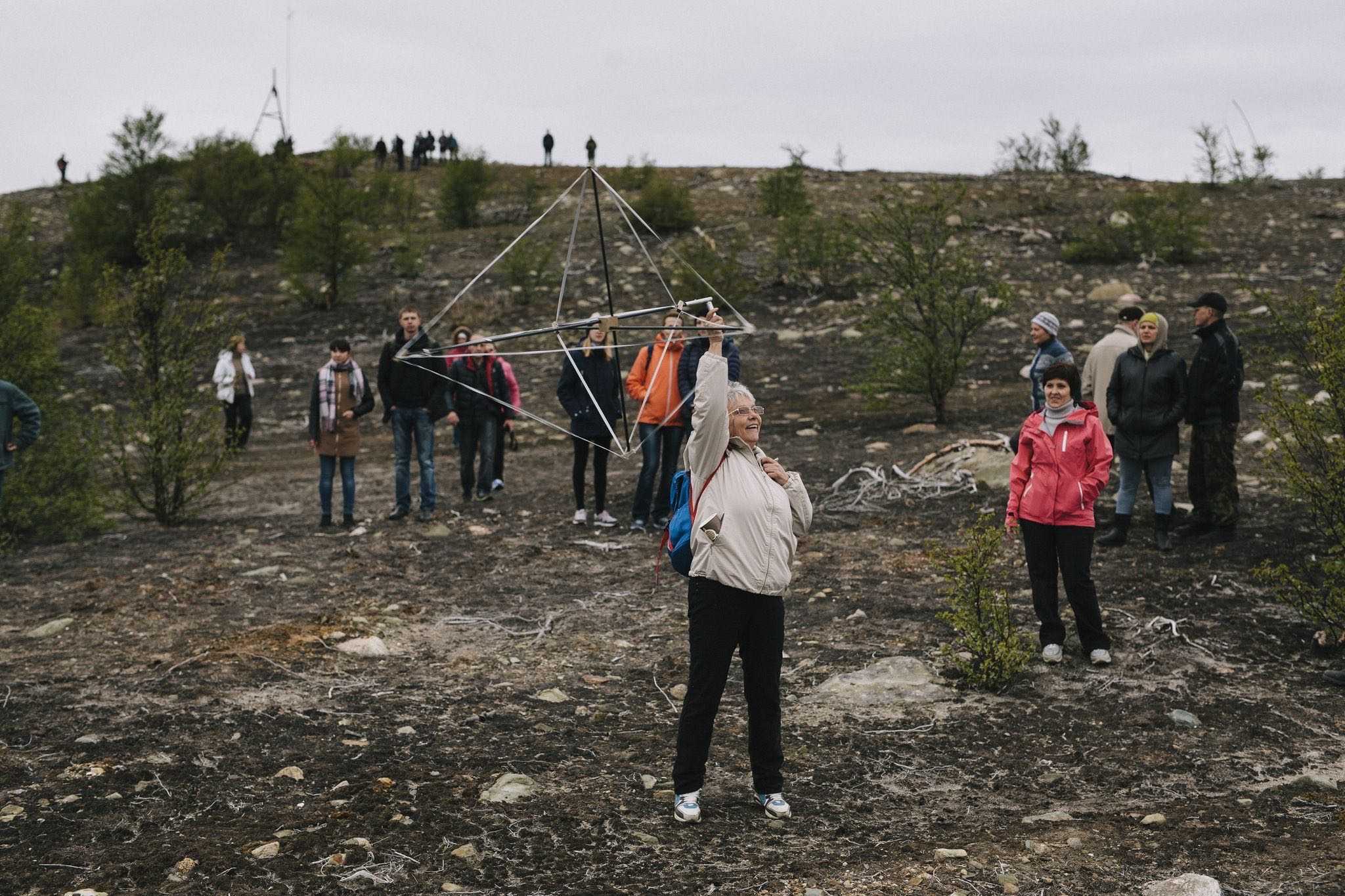
Staying with the Trouble: Making Kin in the Chthulucene
'We are humus, not Homo, not anthropos; we are compost, not posthuman.'
'We—all of us on Terra—live in disturbing times, mixed-up times, troubling and turbid times. The task is to become capable, with each other in all of our bumptious kinds, of response. '
'The task is to make kin in lines of inventive connection as a practice of learning to live and die well with each other in a thick present. Our task is to make trouble, to stir up potent response to devastating events, as well as to settle troubled waters and rebuild quiet places.'
‘Staying with the trouble does not require such a relationship to times called the future. In fact, staying with the trouble requires learning to be truly present, not as a vanishing pivot between awful or edenic pasts and apocalyptic or salvific futures, but as mortal critters entwined in myriad unfinished configurations of places, times, matters, meanings.'
‘… bounded individualism in its many flavors in science, politics, and philosophy has finally become unavailable to think with, truly no longer thinkable, technically or any other way.'

“We are all lichens.”
Through sympoeisis the parasite turns up as well:
‘' The host is the habitat for the parasite, the condition of life and ongoingness for the parasite; this host is in the dangerous world-making contact zones of symbiogenesis and sympoiesis, where newly cobbled together, good-enough orders may or may not emerge from the ever so promiscuous and opportunistic associations of host and parasite.'
'Sympoiesis is a simple word; it means “making-with.” Nothing makes itself; nothing is really autopoietic or self-organizing.'
‘… earthlings are Never Alone. That is the radical implication of sympoiesis. Sympoiesis is a word proper to complex, dynamic, responsive, situated, historical systems. It is a word for worlding.’
‘Critters do not precede their relatings; they make each other through semiotic material involution, out of the beings of previous such entan-lements. Margulis (1938–2011) knew a great deal about “the co-opting of strangers,” a phrase she proposed to describe the most fundamental practices of critters becoming with each other at every node of intra-action in earth history.’
(… finally coming back to the parasite…)
‘symbiosis in which one of the symbiotic organisms lives inside the other.’
Haraway: ‘… bounded individualism in its many flavors in science, politics, and philosophy has finally become unavailable to think with, truly no longer thinkable, technically or any other way.'


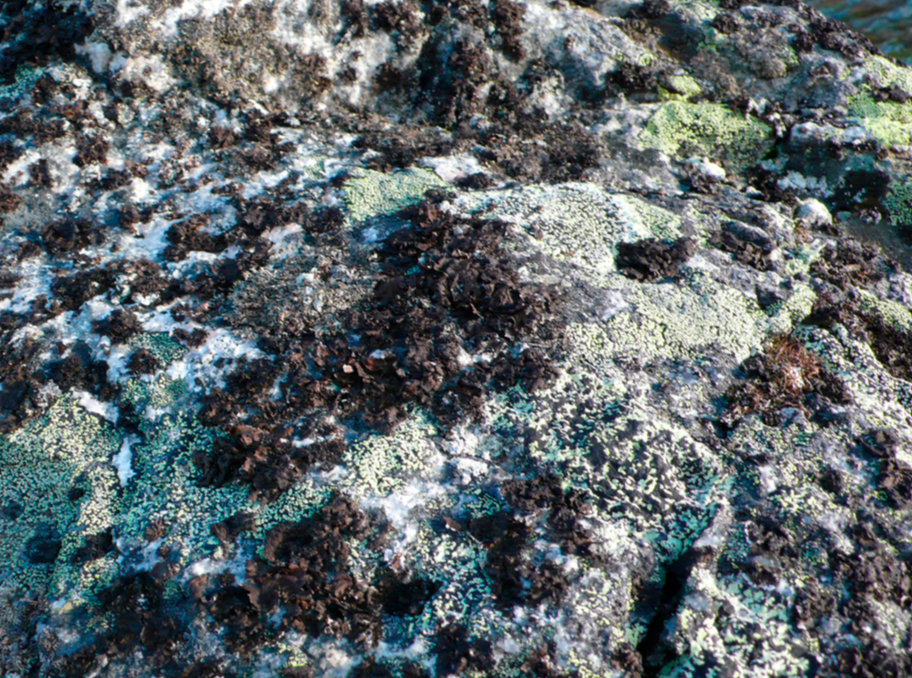
‘While they resemble plants in numerous ways, lichens are actually composed of fungi, alga and/or cyanobacteria, and are amalgams of multiple organisms that are located across kingdoms. As symbiotic organisms, lichens trouble the classification of organisms.’
‘I engage with the ways in which lichens are more appropriately characterised as ecological microcosms, rather than as discrete and easily classifiable entities. Bioindicating lichens tune our attention to the relational qualities of organisms, which open toward more ecological configurations of entities.’ – Jennifer Gabrys
Communication between trees and fungi
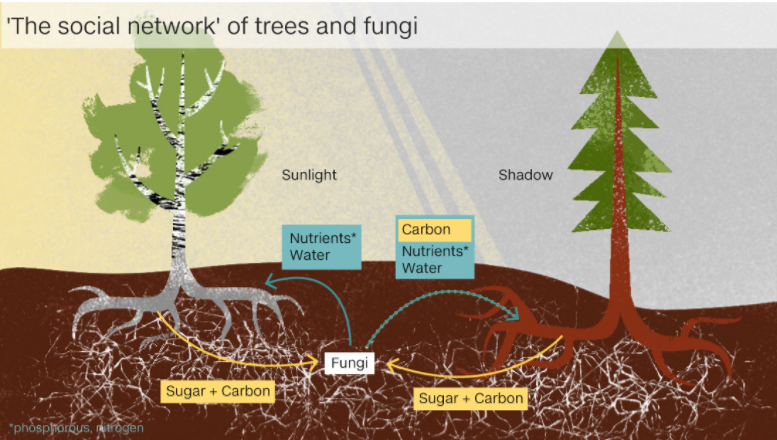 C
C
Short BBC explanation (video)
https://www.bbc.com/news/av/science-environment-44643177/how-trees-secretly-talk-to-each-other
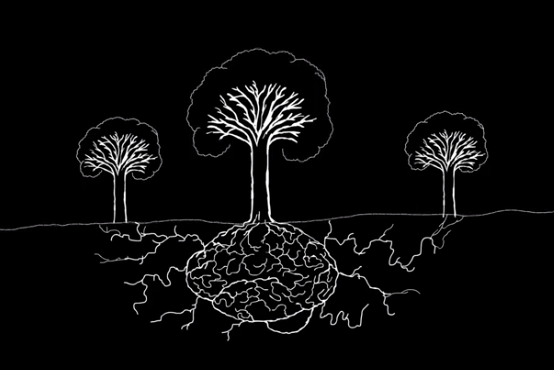
Peter Wohlleben: The Hidden Life of Trees
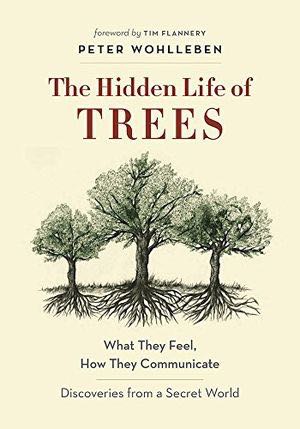
Eduardo Kohn: How Forests Think, Toward an anthropology beyond the human (2013)
Anna Tsing: Precarity & Entaglements
The Mushroom at the End of the World. On the Possibility of Life in Capitalist Ruins
What emerges in damaged landscapes, beyond the call of industrial promise and ruin? By 1989, something else had begun in Oregon’s cut- over forests: the wild mushroom trade. From the rst it was linked to worldwide ruination: The 1986 Chernobyl disaster had contaminated Europe’s mushrooms, and traders had come to the Pacific Northwest for supplies. Surprisingly, in this ruined industrial landscape, new value emerged: matsutake.
In this time of diminished expectations, I look for disturbance-based ecologies in which many species sometimes live together without either harmony or conquest.

Precarity
Precarity is the condition of being vulnerable to others. Unpredict- able encounters transform us; we are not in control, even of ourselves. Unable to rely on a stable structure of community, we are thrown into shi ing assemblages, which remake us as well as our others. We can’t rely on the status quo; everything is in ux, including our ability to sur- vive. Thinking through precarity changes social analysis. A precarious world is a world without teleology. Indeterminacy, the unplanned nature of time, is frightening, but thinking through precarity makes it evident that indeterminacy also makes life possible.
Matsutake
Matsutake make it evident that they cannot live without transformative relations with other species. Matsutake mushrooms are the fruiting bodies of an underground fungus associated with certain forest trees. The fungus gets its carbohydrates from mutualistic relations with the roots of its host trees, for whom it also forages. Matsutake make it possible for host trees to live in poor soils, without fertile humus. In turn, they are nourished by the trees. This transformative mutualism has made it impossible for humans to cultivate matsutake.
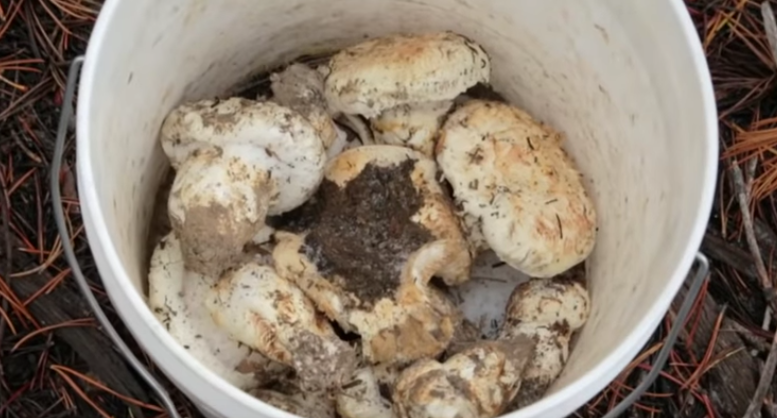
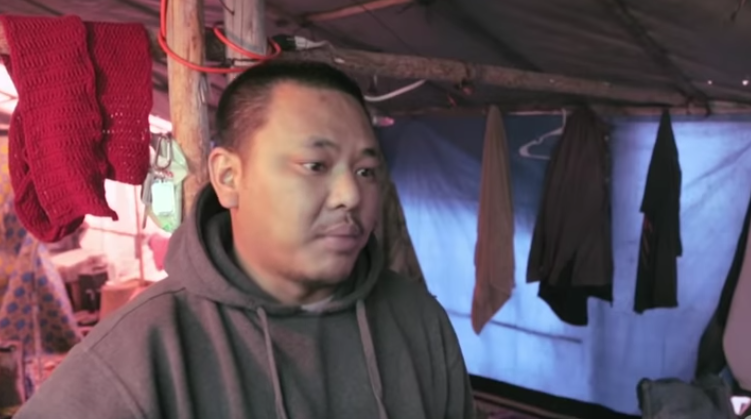
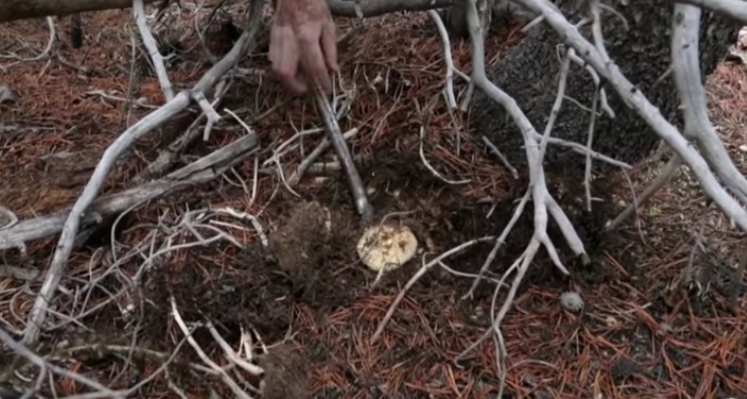
Tsing: ‘The important stuff for life on earth happens in those transformations, not in the decision trees of self-contained individuals. Rather than seeing only the expansion- and-conquest strategies of relentless individuals, we must look for histories that develop through contamination.’
‘Humans shape multispecies worlds when our living arrangements make room for other species. This is not just a matter of crops, livestock, and pets. Pines, with their associated fungal partners, often ourish in landscapes burned by humans; pines and fungi work together to take advantage of bright open spaces and exposed mineral soils. Humans, pines, and fungi make living arrangements si- multaneously for themselves and for others: multispecies worlds. ‘
The emphasis on ‘living together’, ‘entanglement’, ‘sympoiesis’, ‘symbiosis’ and ‘endosymbiosis’ (the new biology) in the New Climate Regime, as well as a turn toward Earth, changes the figure of the parasite, from a negative leecher into an element that plays a role in finding new assemblages (‘agencements’) and arrangements in multispecies worlds.
There are many lessons to take from everything that science and philosophy offer to us. The attempt to understand how the world ‘works’, ‘fits together’, is ‘entangled’, or what a ‘human’ is, how ‘things are related’, has also enormous implications for our politics and the way we conceive of living together now and in the future.